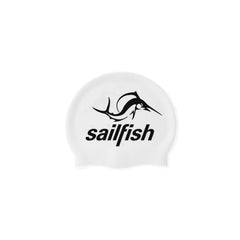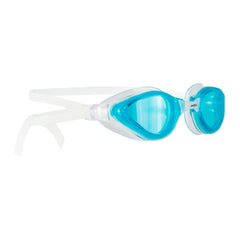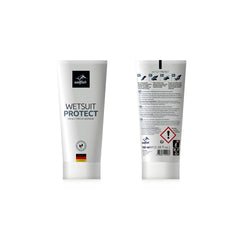Triathlon wetsuit temperature: What is the optimal water temperature for your competition?
Triathlon is one of the most demanding endurance sports there is. It requires a combination of swimming, biking, and running, all of which must be performed in succession. To be successful in this sport, you need not only excellent physical fitness, but also the right equipment. One of the most important pieces of clothing for triathletes is the wetsuit.
It is made of neoprene material that insulates and warms the body. This is especially important because swimming in open waters can often be very cold. The wetsuit also helps stabilize the body in the water and increase buoyancy, which leads to better swimming performance. However, it is important to choose the right wetsuit for the conditions, as the temperature of the water has a big impact on the athlete's performance.
What is a triathlon wetsuit?
A triathlon wetsuit is a special garment worn by triathletes during swimming. The suit is made of neoprene, a synthetic rubber that insulates heat and protects the wearer's body from the cold water temperature.
The triathlon wetsuit is designed to help the swimmer move through the water. The suits are tight fitting and offer a high degree of flexibility to increase the swimmer's freedom of movement. The suits are also hydrodynamically designed to reduce water resistance and increase swimming speed.
There are different types of triathlon wetsuits that are suitable for different water temperatures and swimming conditions. Choosing the right suit depends on the water temperature, the swim distance and the swimmer's individual preferences.
Overall, the triathlon wetsuit is an essential garment for any triathlete who must swim in cold water. It provides thermal insulation, support and improved swimming performance.
Choosing the right triathlon wetsuit
Temperature Consideration
Choosing the right wetsuit depends on several factors, especially water temperature. We recommend using the following table as a guide:
| Water Temperature | Recommended suit |
|---|---|
| 18-22°C | Wetsuit with 3-5mm thickness |
| 22-25°C | wetsuit with 2-3mm thickness |
| 25-28°C | wetsuit with 1-2mm thickness |
| above 28°C | no wetsuit |
Material and design
The materials and design of the wetsuit also play an important role in choosing the right suit. Here are some important factors to consider:
- Flexibility: the suit should be made of a flexible material to ensure good freedom of movement.
- Buoyancy: the suit should have enough buoyancy to improve swimming performance.
- Zipper: The zipper should be easy to open and close for quick transition.
- Collar: The collar should fit snugly to prevent water from entering.
Care and maintenance of your triathlon wetsuit
Your triathlon wetsuit is an important piece of your equipment, so it should be well cared for to ensure its performance and durability. Here are some tips for the care and maintenance of your triathlon wetsuit:
-
After each use, you should rinse the wetsuit inside and out with clean water to remove salt, sand and dirt.
-
If you need to wash the wetsuit, you should use a mild detergent (Wetsuit Protect) and wash it by hand. The suit should not be washed in the washing machine or put in the dryer, as this can damage the material.
-
To dry the wetsuit, it should be hung flat or placed on a wide hanger. You should not dry the suit in direct sunlight or near a heat source, as this can damage the material.
-
You should be careful not to store the wetsuit too tightly, as this can deform the material. The suit should be stored in a cool, dry room away from sunlight and moisture.
-
If we need to transport the wetsuit, you should store it in a special wetsuit bag to protect it from damage.
By taking proper care and maintenance of your triathlon wetsuit, we can make sure that it will serve you well for a long time.
Frequently Asked Questions
Is a wetsuit always necessary?
A wetsuit is not always necessary, but it can be very helpful in improving performance and increasing comfort during triathlon. The use of a wetsuit depends on several factors, such as the water temperature, the distance of the triathlon and the individual preferences of the athlete.
How Does Temperature Affect Performance?
Water temperature can have a significant impact on athlete performance. If the water is too cold, it can cause movements to slow down as the body tries to generate heat. If the water is too warm, it can cause the body temperature to rise, which can affect performance. The ideal water temperature for triathlon is between 18 and 24 degrees Celsius. If the water temperature is outside this range, it can lead to a deterioration in performance. It is therefore important to check the water temperature before the triathlon and prepare accordingly.





